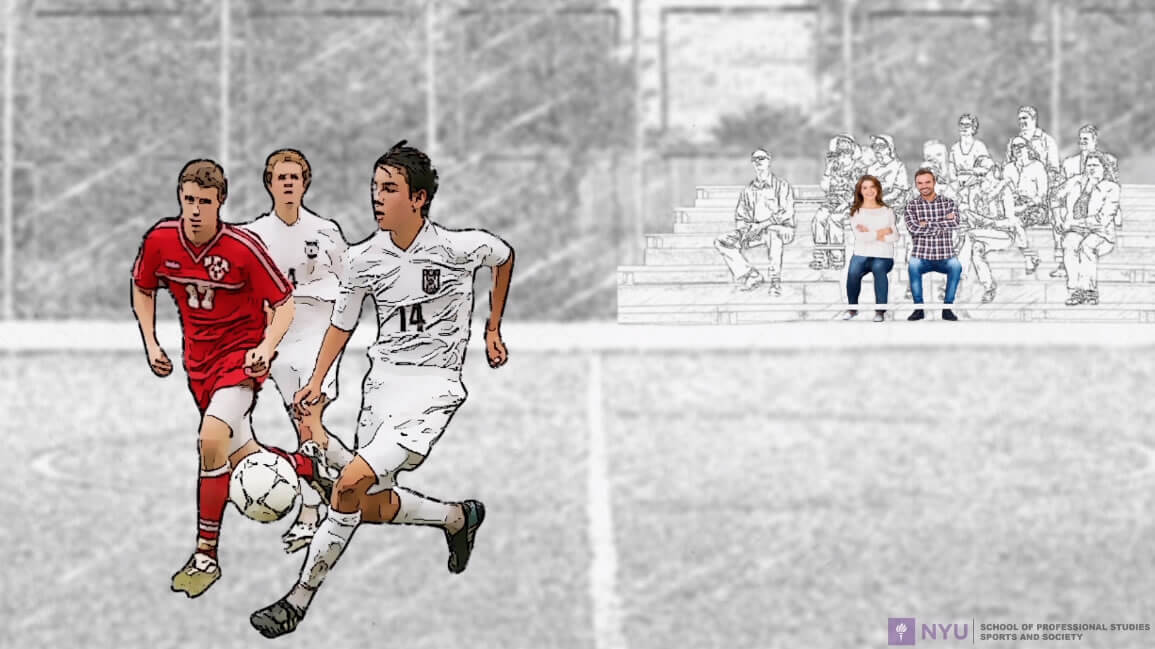Transitioning From Middle School to High School Sports

We know that the transition from middle school to high school can be an exciting time for a child. They are beginning the process of gaining more independence, learning to become an advocate for themselves, and taking more responsibility for their decisions. It is also a time that can seem overwhelming.
They are going from a small school to invariably a larger one; the academic workload will increase and the number of opportunities to participate in clubs and other extracurricular activities will increase from their middle school years. This time is also the transition from youth sports to interscholastic athletics. While a child is going through this stage it can also be a period of stress for parents as well.
At the youth sports level the team or teams that your child participated in, be it little league baseball or softball, pop warner football, or lacrosse, the disparity in talent might have been great, and the purpose of those teams was to develop an appreciation and a skill set for that particular sport. In high school, the interscholastic competition can be greater and a child, who might have been a star on their youth or middle school team, is going to have to prove themselves all over again.
Interscholastic athletics are a co-curricular activities, in that it is an extension of the classroom and help children develop the tools that they will need as they grow into adulthood. While teams strive to win, the other goal is to provide students with an opportunity to compete for their school while embracing the value of teamwork, sportsmanship and camaraderie.
It is important to encourage your child and support them in their decision-making. These are the formative years of a child’s development and the move from middle school to high school is a natural progression. They are going from a child to a young adult and part of that growth is to discover who they are and where they best fit in their school community.
High School athletic programs often sponsor a sport in which a child might not have experience in. It is good to encourage them to try something new. Oftentimes schools will have teams in each season that accept all students who wish to commit to that sport, for instance, cross country in the fall season; indoor track during the winter months and track and field in the spring.
When children enter a high school athletic program parents will find that the organization is in place, meaning that the structure of the entire athletic program will be led by an athletic director and the coaching staff has been hired and approved by the school’s administration and board of education. In addition to their knowledge of the sport, a coach will meet certain certification requirements in order to coach at the interscholastic level. While parents may have been actively involved in their child’s youth sport team, either as a coach, board member or fundraiser they may find that those things are not necessary at the high school level. It is important for the parents to have an understanding of the program: the philosophy as well as the goals and objectives, and they can do that by attending parent meetings, meeting with the coaches or athletic director and offer to help and be supportive. The success of a high school athletic program will rely on participation of students and the support of parents.
If your child continues their athletic career at the interscholastic level, they will find a connection with their school and community and have a positive experience, one that they will always remember.